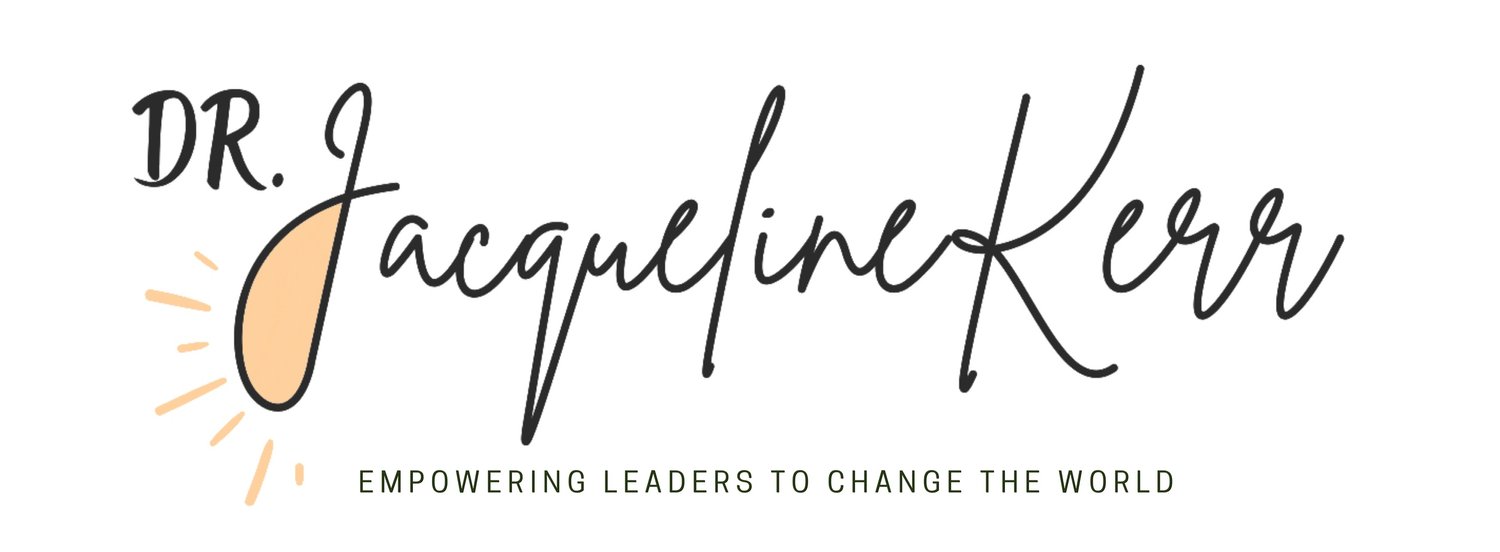A guide to organizational change – NAM well-being recommendations
The National Academy of Medicine has clear guidelines for burnout prevention that although developed for physician burnout can be applied to any workplace
Governing boards should hold organizational leaders accountable for healthy workplace environment
Create leader and team responsible for workplace well-being
Align burnout interventions with organizational values
Assess potential well-being impact from any changes to job descriptions or performance expectations
Include well-being as a responsibility for all managers across the organization
Enhance meaning and purpose in work, optimize workload and task distribution
Facilitate and incentivize teamwork
Support psychological safety, participatory decision making and peer support
Align incentives, compensation and reward systems with well-being values
Provide stress management resources, including coaching
Use validated tools to measure burnout and keep anonymous
Accurately assess total workload and minimize administrative tasks
Report on well-being of workforce and impact of interventions annually
Use data to guide continuous learning and improvements processes
Be transparent about data and evaluation
Commit executive board to improve well-being learning environment, with resources and accountability
Create leader and team responsible for improving workplace well-being
Ensure workload, rewards and incentives support learning to improve well-being, including positive role models
Create learning collaborate among peers to support each other in their learning
Create evaluation system to assess whether learning around well-being in the workplace is happening
Provide resources to support learning around well-being in the workplace, support help-seeking behavior and psychological safety
Assess what in the workplace and in the system is contributing to burnout, anonymously
Support discovery and implementation of evidence based approaches to reduce burnout
Use technology to streamline administrative and regulatory tasks
Monitor the negative consequences of any new programs
Design intervention for well-being with employee input
Reduce the stigma of obtaining mental health support by assessing and addressing the barriers
Have programs in place to alleviate burnout symptoms. Facilitate burnout recovery.
Develop a research agenda to examine system factors that affect burnout
Assess the impact of burnout on the organization's performance
Evaluate system level interventions
Create partnerships to accelerate improvements in burnout assessment and intervention
In addition, this advice for physician suicide prevention can be helpful at a personal level:
Look out for colleagues. Realize that subtle changes in behavior can be the “tip of the iceberg” indicating more significant struggles.
Do not assume that accomplished peers have it together and never struggle (i.e., check in on strong friends).
Learn how to have caring conversations, colleague to colleague, that invite deeper disclosure.
When dialoguing with a distressed colleague, remember that with distress comes negative cognitive distortions, so it is critically important to state the obvious—that you respect them, think well of them for getting help, are willing to help them connect with treatment, and will continue to be there for them. If you have struggled previously, you may have special empathy that you can marshal to help them understand they are not alone.
